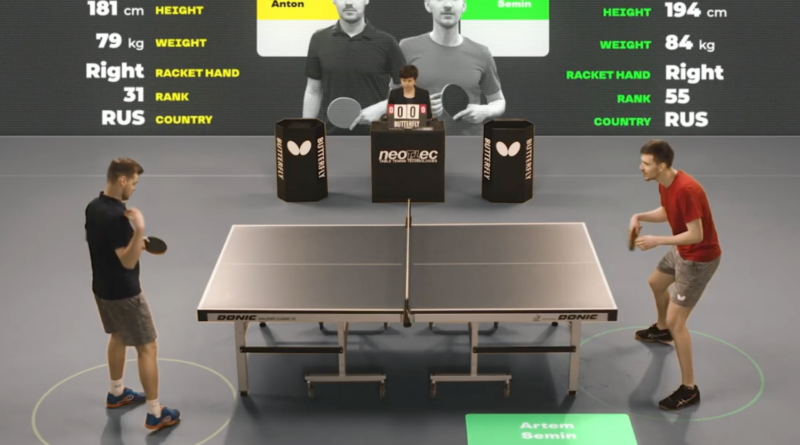The Role of Technology in Revolutionizing Table Tennis
The Role of Technology in Table Tennis
Table tennis, also known as ping pong, is a fast-paced and highly competitive sport that requires exceptional hand-eye coordination, agility, and strategy. Over the years, technology has played a significant role in improving the performance of players and enhancing the game analysis. In this article, we will explore some of the innovative technologies that have revolutionized table tennis.
1. Electronic Scoreboards and Umpire Systems
Gone are the days when table tennis matches relied solely on manual scorekeeping and umpires. With the advent of electronic scoreboards and umpire systems, the accuracy and efficiency of scorekeeping have significantly improved. These systems use sensors and algorithms to detect and record points, eliminating human errors and disputes. They also provide real-time updates, allowing players and spectators to stay updated with the score.
2. Ball Tracking Systems
Ball tracking systems have revolutionized the way table tennis is analyzed and coached. These systems use high-speed cameras and advanced algorithms to track the trajectory, speed, and spin of the ball during a match. By analyzing this data, coaches and players can gain valuable insights into their performance and make informed decisions to improve their game. Ball tracking systems also enable players to review their shots and strategies, helping them identify areas for improvement.
3. Robot Training Partners
Table tennis robots have become popular training tools for players of all levels. These robots are equipped with advanced technology that allows them to simulate the shots and playing styles of real opponents. Players can adjust the speed, spin, and trajectory of the balls, providing a customized training experience. Robot training partners are particularly useful for solo practice sessions, as they can provide consistent and repetitive drills to improve specific skills.
Furthermore, some robot training partners come with built-in artificial intelligence that can analyze the player’s performance and provide real-time feedback. This feedback helps players understand their strengths and weaknesses, allowing them to focus on areas that need improvement.
4. Virtual Reality Training
Virtual reality (VR) has made its way into the world of table tennis, offering players a unique and immersive training experience. VR training systems use headsets and motion sensors to create a virtual environment where players can practice their shots and strategies. These systems can simulate different playing conditions, opponents, and scenarios, allowing players to develop their skills in a controlled and realistic setting.
VR training not only enhances a player’s technical skills but also improves their decision-making abilities. By repeatedly facing different virtual opponents and situations, players can develop their tactical awareness and learn to make quick and accurate decisions during a match.
5. Smart Table Tennis Rackets
Smart table tennis rackets are equipped with sensors and data analysis capabilities that provide players with valuable insights into their playing style and performance. These rackets can track various metrics, such as shot speed, spin, and impact point, and provide real-time feedback to the player. By analyzing this data, players can identify areas for improvement and make adjustments to their technique and strategy.
Some smart rackets also offer interactive training programs and challenges, making practice sessions more engaging and effective. Players can compete against virtual opponents, participate in skill-building exercises, and track their progress over time.
Conclusion
Technology has had a profound impact on table tennis, revolutionizing the way the sport is played, analyzed, and coached. From electronic scoreboards to virtual reality training systems, these innovations have improved the accuracy, efficiency, and overall experience of table tennis. As technology continues to advance, we can expect even more exciting developments that will further enhance the performance and game analysis in table tennis.

